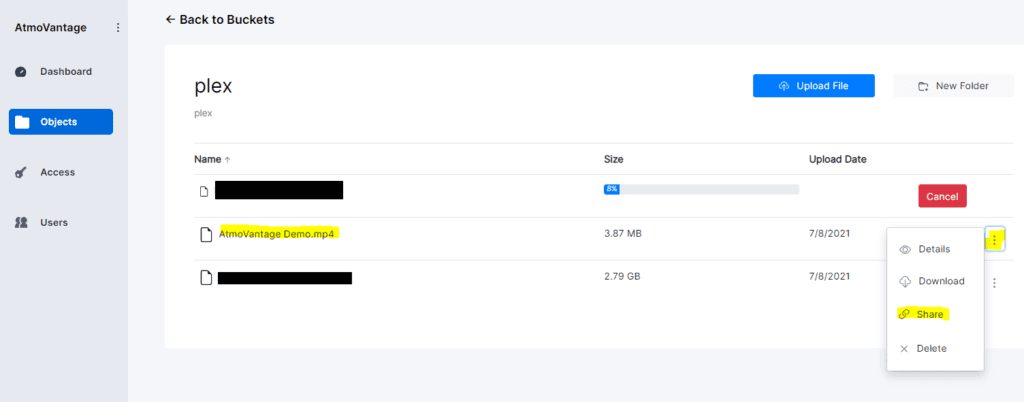In a previous article we demonstrated how it was possible to build a static website on the decentralized Storj network using the Publii website builder. Today we’re going to dig a little deeper into one particular benefit of Storj hosting, and that is its native support for MP4 video streaming.
Storj (formerly called Tardigrade) has partnered with VideoCoin network to provide support for video transcoding across the decentralized network. According to a blog post by Storj:
Tardigrade natively supports video streaming via a native link sharing mechanism, which embeds a macaroon inside of a URL, enabling anyone who meets restrictions to consume the data in the storage bucket.
https://www.storj.io/blog/video-transcoding-and-streaming-at-the-distributed-edge
The VideoCoin Network extends this capability, making it easy to transcode videos for various output types, optimizing the streaming experience for end-viewers.
Tutorial
To host a video on Storj follow these steps:
- Create or access a bucket on your Storj account
- Using the web interface, upload the mp4 video file to the bucket
- Once the file is uploaded, click the three dots on the right of the video file row and select “Share” from the menu
- Copy the shareable URL
- Append “?view” to the end of the URL after the .mp4 file extension
- Use the “…something.mp4?view” URL to embed the video on a website
The URL for the MP4 video requires “?view” after the file extension because the raw link displays an informational page about the nodes that are hosting that particular file. To bypass that informational page you must append the “?view” to the end of the URL in order for video embedding to work.
Finally, here is a demo video, uploaded to the Storj network and embedded using the WordPress default video block:
Use Cases
“So what’s the point?” you might be asking. True, there are many video hosting services (like YouTube obviously) that let you upload videos for free and embed them basically anywhere. “Why would I want to spend the time doing the same thing in Storj?”
Obviously the answer to these questions depends on the nature of your video content and your risk appetite. If you are trying to host potentially controversial content (not illegal content, just content that might get censored for WrongThink) you may want to use Storj instead of a “Big Tech” platform like YouTube. YouTube and other mainstream video hosting services have become increasingly Orwellian in their selective content moderation policies, often times banning videos and entire channels for vague infractions of their Terms of Service, sometimes without warning. By hosting your videos on these types of centralized platforms you are subjecting yourself to the whims of the digital gatekeepers. The decentralized, zero-knowledge nature of Storj makes this type of internet censorship a thing of the past.
Another reason to host your videos on a decentralized platform like Storj is for reliability and risk mitigation. Aside from potential censorship concerns, centralized platforms like YouTube are subject to outages and downtime. Yes, YouTube has a lot of redundancy across many different datacenters, but nevertheless outages like the one that happened in Dec 2020 are still a risk. With the increase in cyber attacks on our digital infrastructure the importance of decentralized Web 3.0 solutions are becoming more obvious. Hosting your videos on a decentralized platform like Storj reduces the risks associated with single-points-of-failure that are so common these days.
You can also read this article on our Storj sub-domain: https://storj.atmovantage.com/video-streaming-on-storj



Recent Comments